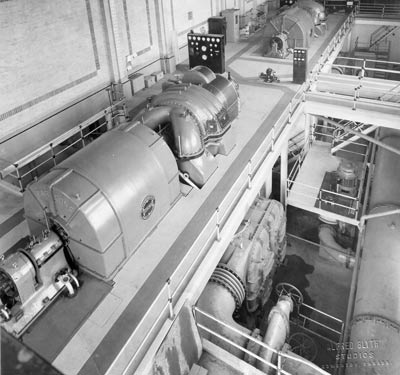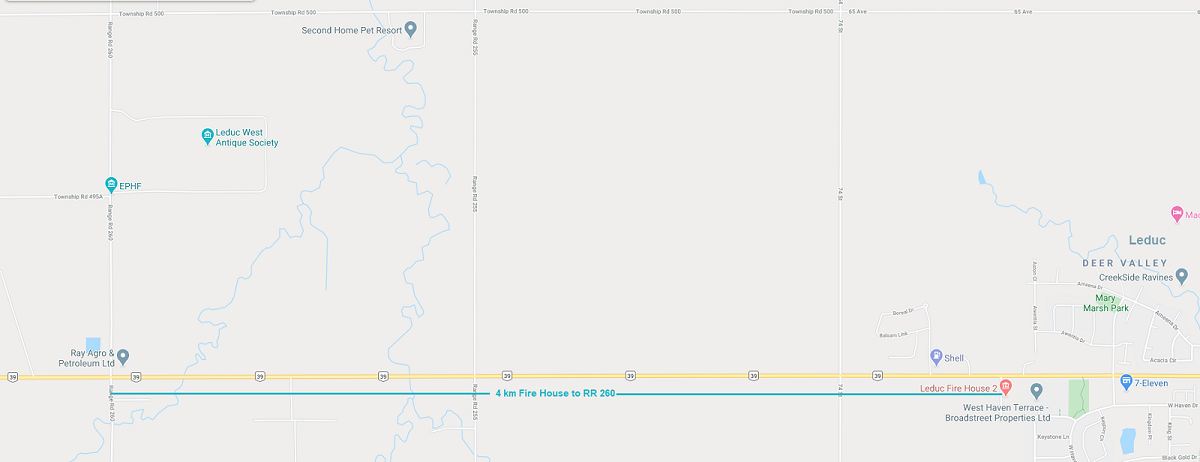Steam to Electricity
An electric generator converts mechanical energy into electrical energy.
A generator works on the principle of 'electromagnetic induction'. If a conductor (such as copper wire) is moved through a magnetic field, an electric current will flow (be induced) in the conductor.

In power stations, the same principle of electromagnetic induction is used, however the magnetic field moves past the conductor, inducing an electric current in the wire. In these generators, the high voltage does not pass through the brushes and slip rings.
Power stations generate electricity at high voltages - 16,000 to 20,500 volts - which is too high to transfer through brushes and slip rings.
From 1890 until 1920, steam engines usually provided the mechanical energy. Today a turbine is used to provide this mechanical energy.
The generator consists of two main parts: the rotor (which turns) and the stator (which is fixed).
